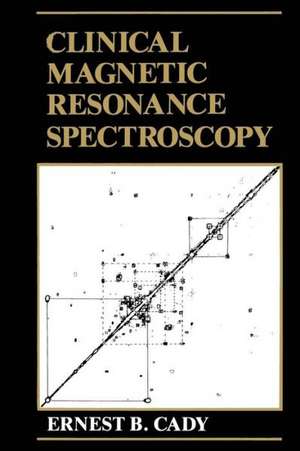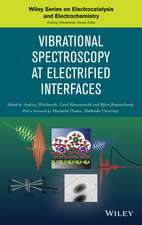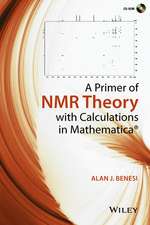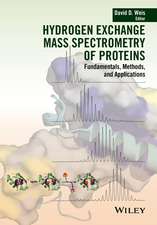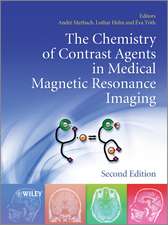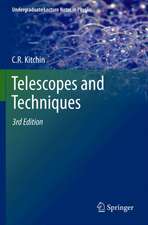Clinical Magnetic Resonance Spectroscopy
Autor E. B. Cadyen Limba Engleză Paperback – 12 feb 2012
Preț: 387.38 lei
Nou
Puncte Express: 581
Preț estimativ în valută:
74.13€ • 80.50$ • 62.27£
74.13€ • 80.50$ • 62.27£
Carte tipărită la comandă
Livrare economică 23 aprilie-07 mai
Preluare comenzi: 021 569.72.76
Specificații
ISBN-13: 9781468413359
ISBN-10: 146841335X
Pagini: 296
Ilustrații: 290 p.
Dimensiuni: 152 x 229 x 16 mm
Greutate: 0.4 kg
Ediția:Softcover reprint of the original 1st ed. 1990
Editura: Springer Us
Colecția Springer
Locul publicării:New York, NY, United States
ISBN-10: 146841335X
Pagini: 296
Ilustrații: 290 p.
Dimensiuni: 152 x 229 x 16 mm
Greutate: 0.4 kg
Ediția:Softcover reprint of the original 1st ed. 1990
Editura: Springer Us
Colecția Springer
Locul publicării:New York, NY, United States
Public țintă
ResearchCuprins
1. An Introduction to Medical Magnetic Resonance Spectroscopy.- 1.1. The Magnetic Resonance Phenomenon.- 1.2. Magnetic Resonance in a Clinical Context.- 1.3. Nuclei with Potential Clinical Applications.- 1.4. The Development of Biological MRS.- References.- 2. Fundamentals of Clinical Magnetic Resonance.- 2.1. The Origin of the Magnetic Resonance Signal.- 2.2. The Magnetic Resonance Signal.- 2.3. The Spectrum.- 2.4. The Signal-to-Noise Ratio.- References.- 3. Clinical Studies.- 3.1. Introduction.- 3.2. Studies of the Human Brain.- 3.3. Studies of Human Skeletal Muscle.- 3.4. Studies of Human Cardiac Metabolism.- 3.5. Studies of the Human Liver.- 3.6. Studies of Human Kidneys.- 3.7. Studies of Human Testes.- 3.8. In Vitro Studies of Human Body Fluids.- 3.9. Studies of Human Red Blood Cells.- References.- 4. Practical Aspects of Clinical Magnetic Resonance Spectroscopy Systems.- 4.1. An Overview of the System.- 4.2. The Magnet.- 4.3. The Spectrometer.- 4.4. Safety Requirements.- 4.5. Patient Handling.- References.- 5. Data Acquisition in Clinical Magnetic Resonance Spectroscopy.- 5.1. Fundamental Considerations.- 5.2. Signal Localization.- 5.3. Spin-Echo Techniques.- 5.4. Solvent Suppression.- 5.5. Spectral Editing.- 5.6. Absolute Quantitation.- 5.7. Measurement of Relaxation Constants.- References.- 6. Spectrum Analysis.- 6.1. Introduction.- 6.2. Measurement of the Spectrum.- 6.3. Other Analysis Methods.- 6.4. Peak Identification.- 6.5. Data Reduction.- 6.6. Testing the Analysis Methods.- References.
